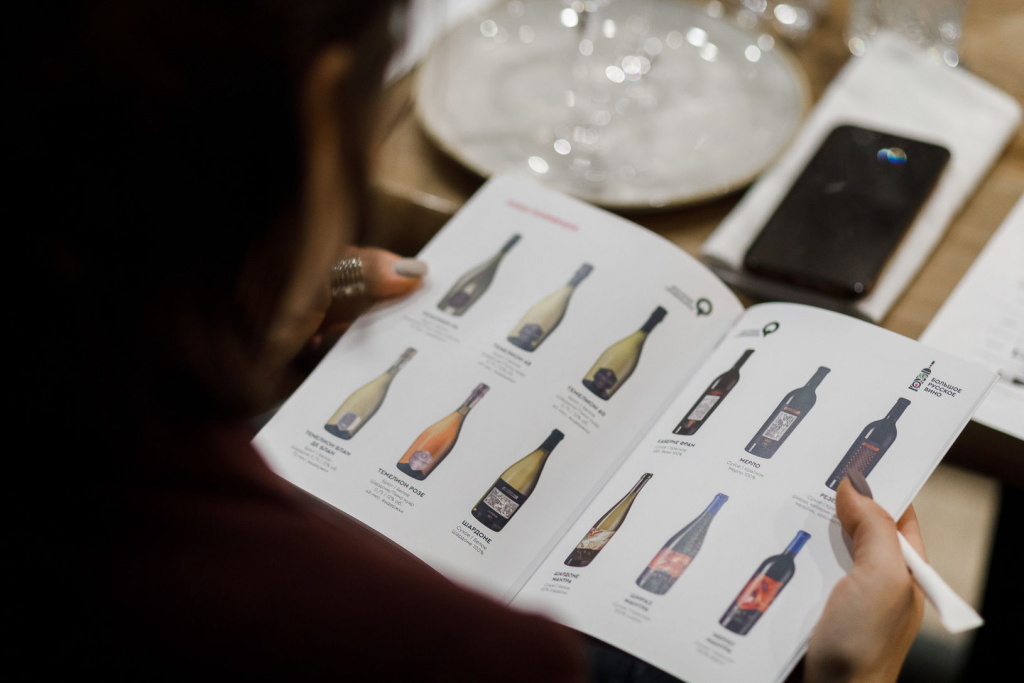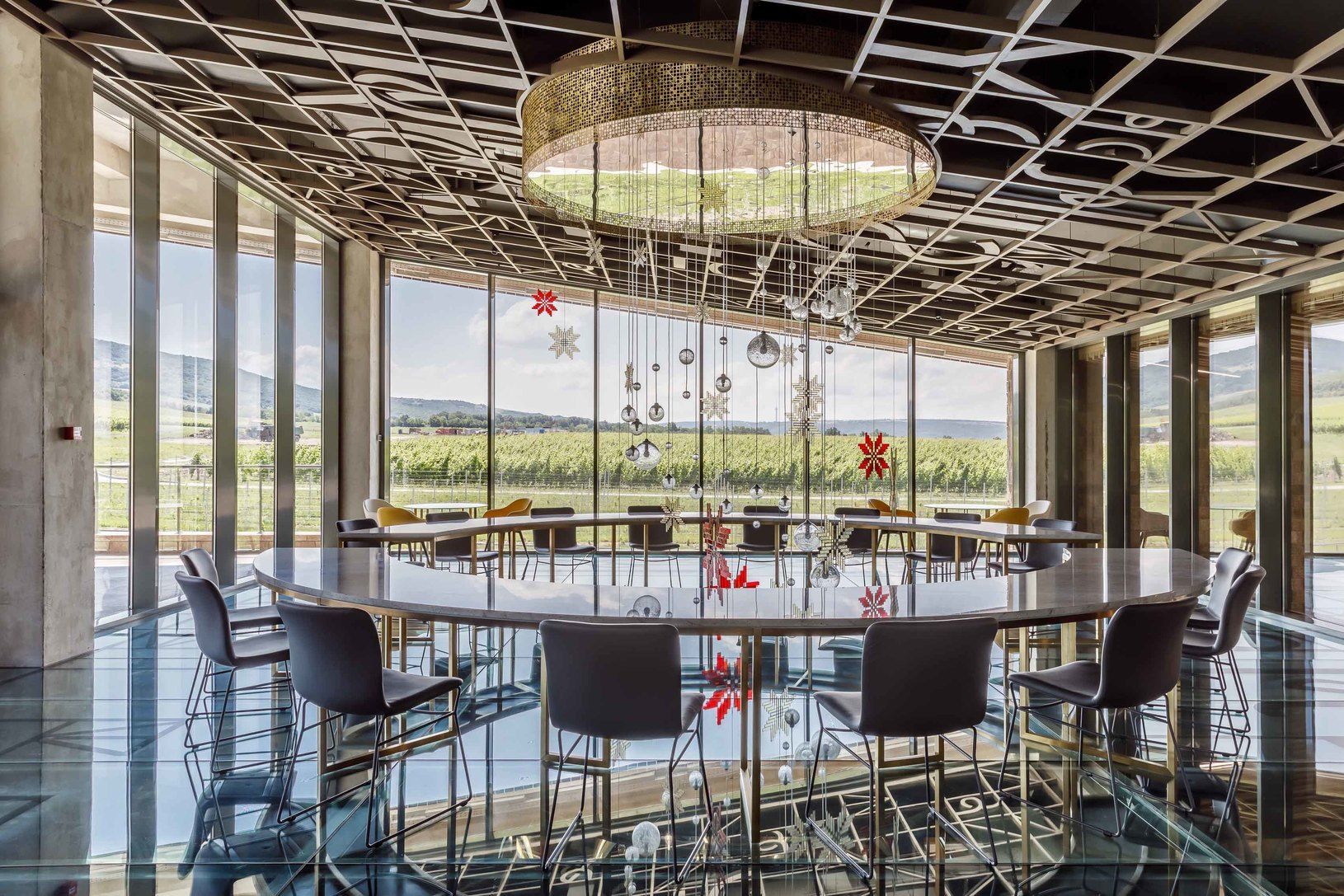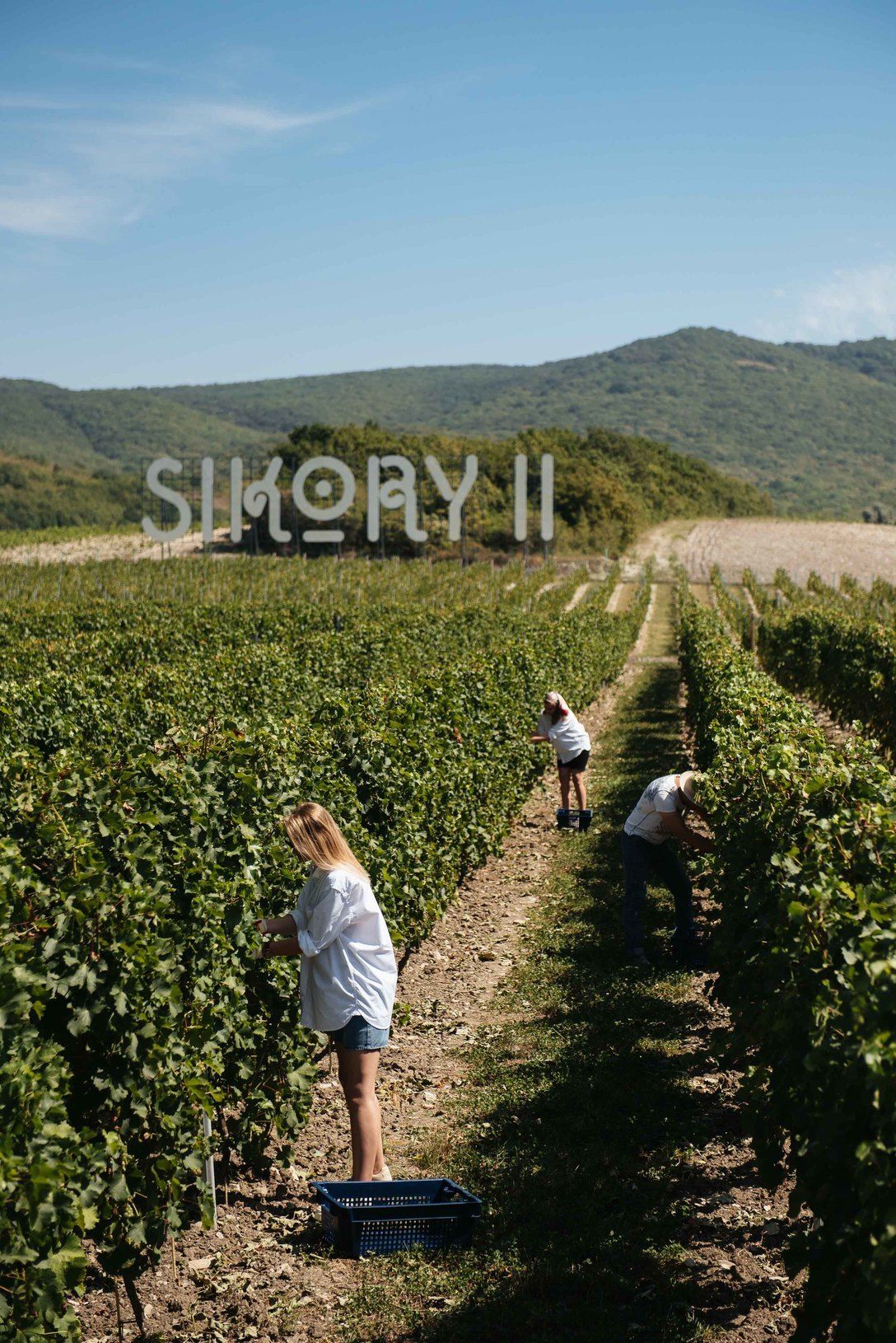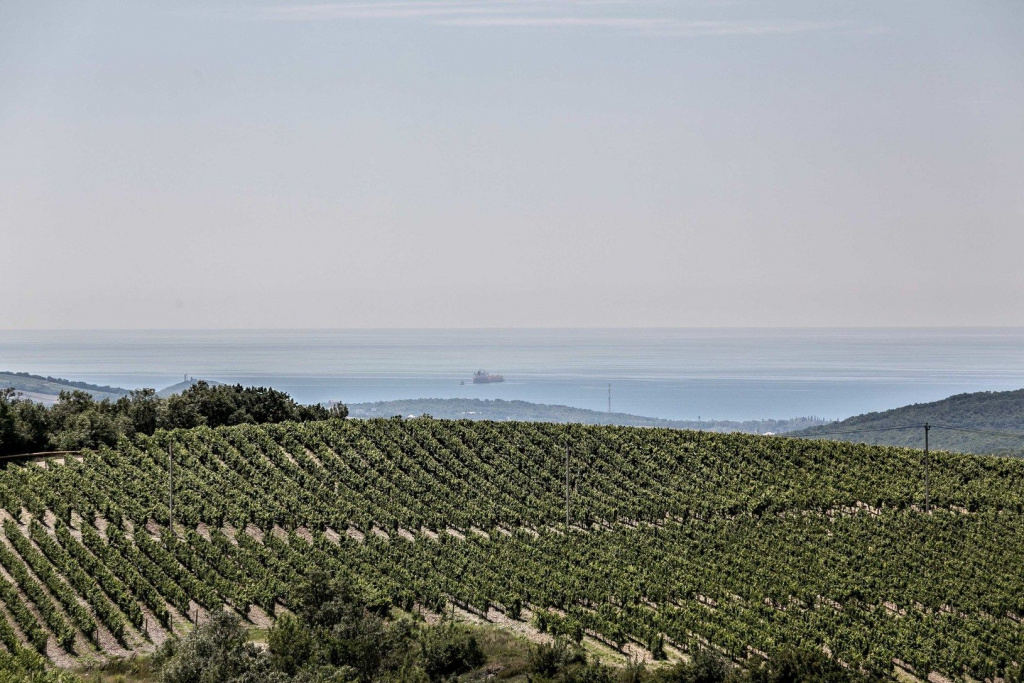Simple has launched its "Big Russian Wine" project at a remarkable time. The pandemic has turned out to be a blessing in disguise for Russian winemaking. Due to this pandemic, a very special combination of factors emerged for the first time I think, like a planetary alignment which pushed the industry forward.
First factor: Growth and changes in the industry itself
During the last crisis of 2014, you could count the wineries with vines older than 3 years old on the fingers of one hand. At that time the market consisted of the first wave of producers, many of which have since gone partially bankrupt or changed owners. Today, we have a large selection of Russian wineries, creating a completely different level of supply.
Until recently, the only successful way to market Russian wines was the following: "Sell at high prices, so everyone will think that they are of premium quality." There was some truth to it, but this approach worked only in the absence of competition. Now that more and more terroir-driven Russian wines are entering the market, it will be more difficult to compete.

© Sergey Ratanov
Second factor: Border closure
The number of wine consumers has grown significantly, because – regardless of social status and income level – it has become impossible to travel around the world. People who normally got their wine experience where they went on vacation abroad, have now suddenly discovered Gelendzhik, "Crimean Breeze," and "Mriya". They had to try Russian wine, and realized that they were offered a product of very good quality.
Winery owners are investing in infrastructure, and if wine tourism is not entirely established yet, it will be very soon. I am pleasantly surprised by the wave of tourists visiting Crimea and the Krasnodar Region. The number of enthusiastic reports on social media about tastings and visits to our vineyards makes me feel confident in the sustainable development of Russian winemaking.

© Igor Rodin

© Sikory
The third factor: Adoption of the law on viticulture and winemaking
This law sets an overall course: in the coming years, the production of wine from Russian vineyards will be encouraged. There are new incentives to plant vines. A system of terroirs and geographical designations is developing. Russian winemaking, at least at first, will be more like the New World system than the classic European, with more room for experimentation.
In the Russian wine portfolio, Simple highlights the terroir of the wines. There are two big blocks. The first is Crimea, or more precisely the Sevastopol area - more protected, stable, with a lower risk of frost. In the southwestern zone of the Sevastopol region, there is more sun, expressiveness, and very interesting chalk soils with a lot of lime. Very diverse grape varieties can be cultivated here. Currently only international ones are grown, but in the next ten years we will see interesting indigenous varieties.
Selective breeding work will take a long time. We need massal selection, when specific vines adapt to specific plots, which will take years. But I am sure that these plots will be talked about both here and abroad.
The second block is Anapa, with a huge variety of terroirs and microclimates. This area, where the Caucasus Range begins to form, somehow reminds me of the foothills of the Alps. Here, like in Langhe for example, a half-hour drive by car brings you to completely different natural and climatic conditions.

© Igor Rodin
The fourth factor: Promotion of viticulture through state subsidies and pricing
These measures are connected with the new law, but they came into force even a little earlier: encouraging viticulture by a partial rebate of the excise tax. The state really returns money – for the planting of new vineyards – and the amount is significant. Russian wine will look more and more attractive in comparison with imported wine, for which the excise tax is growing. A 25% decline in the value of the Russian currency has contributed to the price of foreign wines increasing even more.
For Russian wine, a significant competitive advantage has suddenly appeared: better quality wine, in a situation of high economic stress, has become more affordable.
Using the example of our industry, we can see that Russian entrepreneurs have managed to prove the viability of their class, the historical class of merchants. In the field of winemaking, they have the highest urge to create, which can raise up new winemaking stars. They took the risk of investing in a field new for them, and are building working models in it. In this paradigm, Simple has launched our "Big Russian Wine" project.
Cover photo: © Sergey Ratanov.

